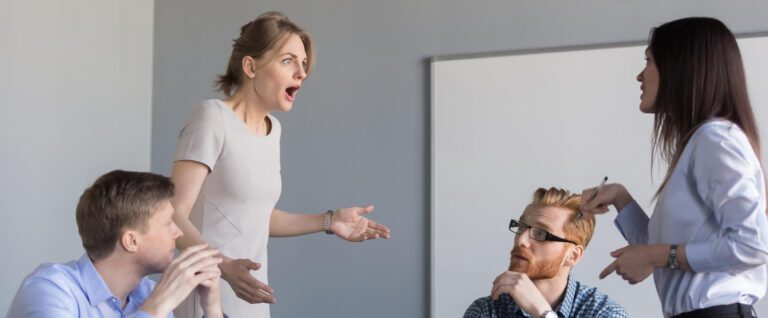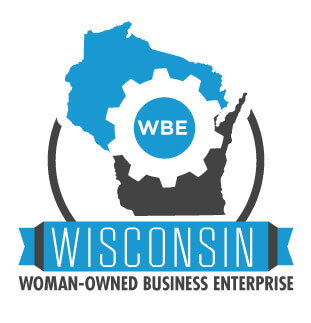”…Learning objectives are more for you as the designer than they are for the learner.” Julie Dirksen
In her classic book, Design for How People Learn, Julie Dirksen introduces Wil Thalheimer’s taxonomy of different learning objectives and augments it with what curriculum designers should ask themselves at each stage. I have added examples and notes.
Focusing Objective
Purpose: A statement presented to learners at the beginning of a training module that guides their attention to the most important aspects of the learning content.
Question for the Designer: Is there something specific I want the learners to pay attention to?
Example: “Training is very useful, but there are times when training is not the answer. In this module, pay particular attention to situations that would indicate training is inappropriate.”
Note: I view this more as a comment the trainer would make rather than an objective.
Performance Objective
Purpose: A statement presented to learners at the beginning of a training module that introduces the competencies they will be expected to learn.
Question for the Designer: What level of proficiency must the learners attain?
Example: “You will be able to create complete lesson plans consistent with the agency rubric.”
Note: I’m going to start referring to “performance” objectives, since they point to the real purpose of training, rather than the more general “learning” objectives.
Instructional-Design Objective
Purpose: Developed by and for instructional designers to guide their design and development of a learning module’s content and learning activities.
Question for the Designer: What goal should your design achieve?
Example: “Learners will be able to design lesson plans with sufficient details and instructions that other trainers will know exactly how to facilitate the learning module.”
Note: The focus on goals makes sense to me, since they determine what the learning objectives will be, which determine what the learning activities will be.
Instructional-Evaluation Objective
Purpose: Developed by and for program evaluators or instructional designers to guide program evaluation.
Question for the Designer: What aspects of the program need to be assessed, and what should that assessment be based on?
Example: “The program content and learning activities result in learners who are at least 80% proficient in the skills originally identified as skill gaps in the needs assessment.”
Note: Training auditors need to share these objectives with the audited trainer and collaborate to help the trainer achieve them.
Question: Do you agree that learning objectives are more for the designers than the learners?
May your learning be sweet- and safe.
Deborah
#curriculumdesign #learningobjectives





